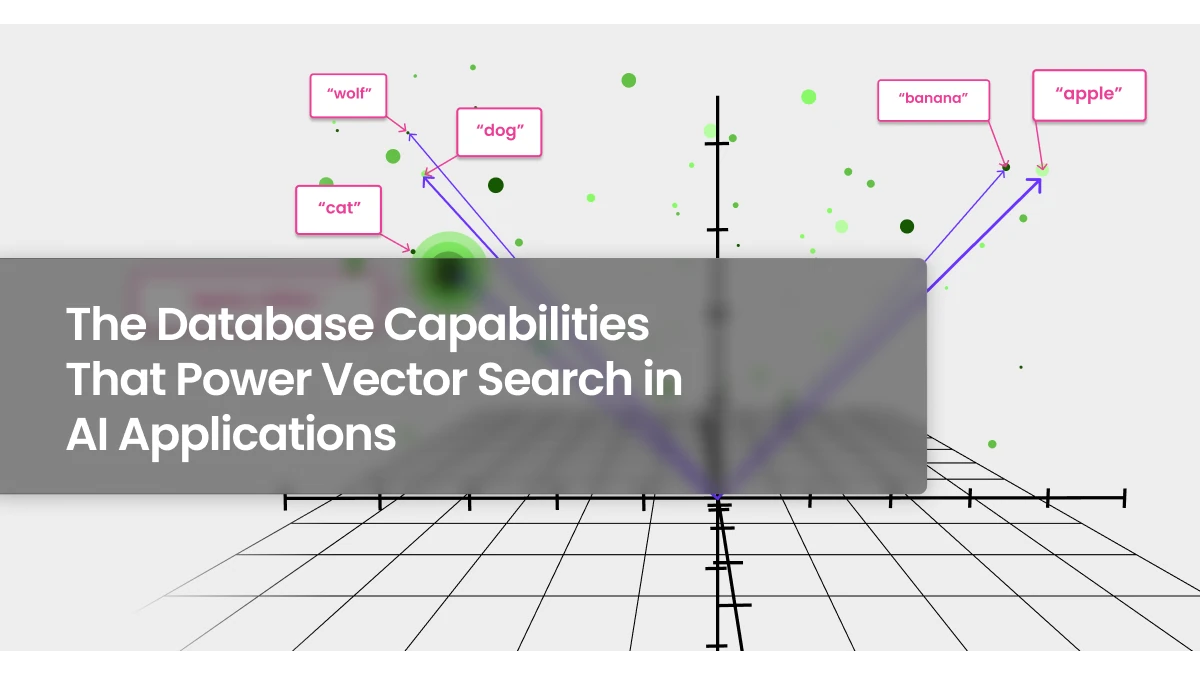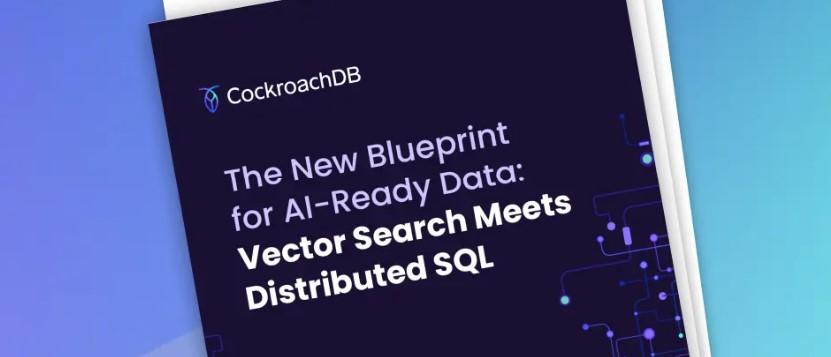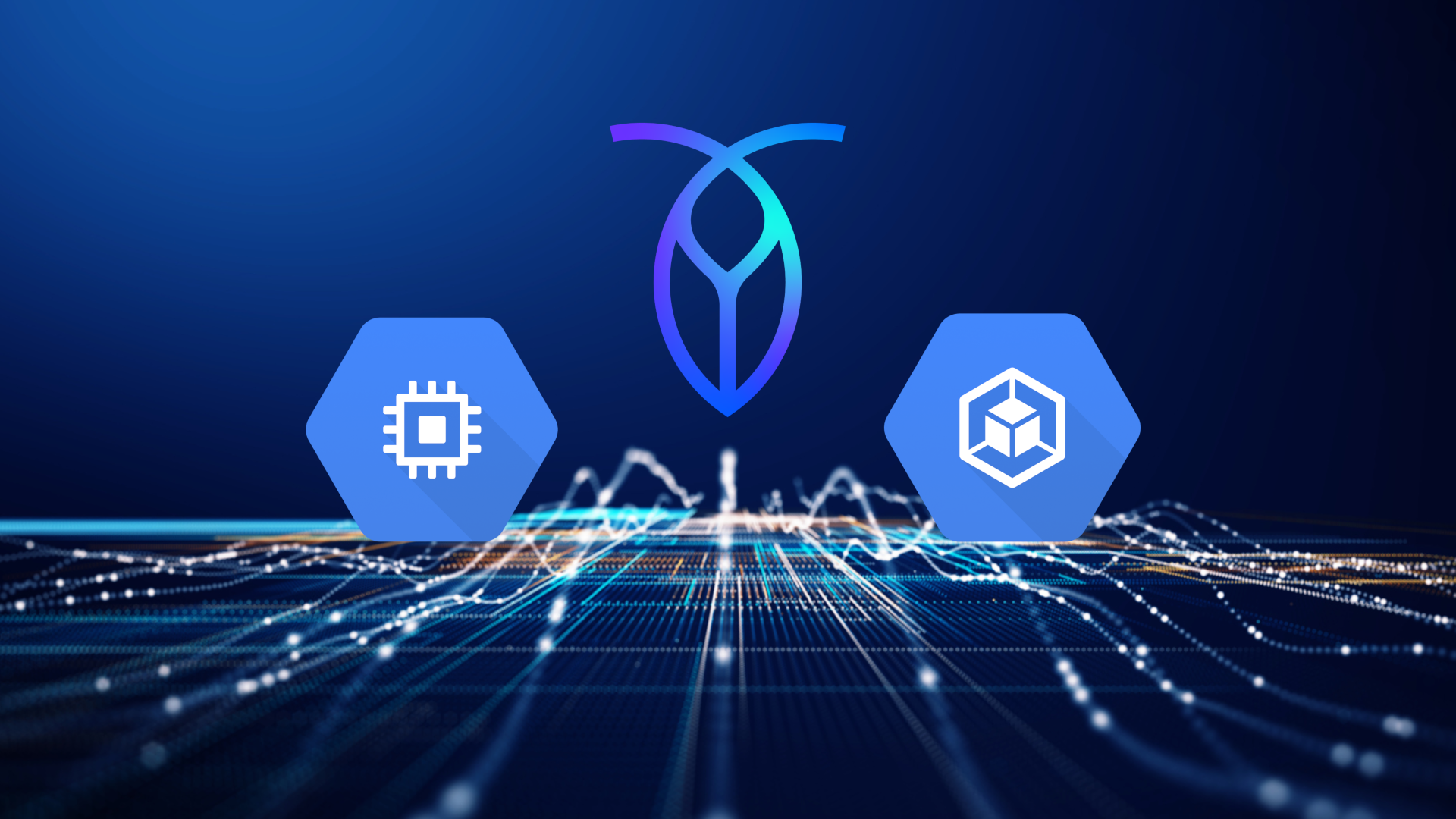Vector search is the backbone of intelligent AI experiences: semantic search, personalization, recommendations, and retrieval-augmented generation (RAG). But storing and querying high-dimensional embeddings at scale is only part of the challenge. For production AI applications, the database must also deliver transactional integrity, global reach, and real-time updates.
“Enterprises in 2025 need a cloud-native database that can power vector search at global scale,” says David Joy, Senior Manager, Sales Engineering at Cockroach Labs. “Data architects require systems that don’t just store embeddings, but operationalize them to bridge the gap between AI experimentation and production reliability.”
Here’s what to look for in a database that ensures vector workloads run with transactional integrity, governance, and cost efficiency. This turns AI innovation into measurable business performance.
1. Is there native support for vector data types?
“AI applications depend on vector representations to encode meaning,” Joy says. “This turns text, images, or audio into multi-dimensional embeddings. Without native vector support, teams bolt on external databases that fragment the data model and complicate operations. The best approach is a database that treats vectors as first-class citizens alongside operational data.”
Look for: built-in vector data types, PostgreSQL compatibility, and similarity functions like cosine or Euclidean distance.
The result: embeddings and operational data coexist in one system, eliminating integration overhead and application complexity.
2. Is there sub-linear similarity search at scale?
Performance defines the user experience in AI search. Latency must stay low, even when searching billions of vectors in real time. Efficient indexing makes or breaks that capability. Inference systems, recommendation engines, and LLM augmentation pipelines rely on high-throughput approximate nearest neighbor (ANN) search that scales without degradation as data increases.
Look for: ANN indexing (e.g., HNSW or C-SPANN), sub-linear retrieval, and performance that holds steady as datasets expand.
The payoff: fast vector queries that deliver results in milliseconds, even at scale.
3. Does the database offer hybrid query capabilities for combined search and logic?
“Real-world queries mix semantic similarity with business logic,” observes Joy. “For example: ‘Find customers similar to this one, but only those with active subscriptions.’ AI-driven search demands the ability to combine vector results with relational filters, permissions, or metadata constraints in a single query.”
Look for: SQL joins that blend vector search results with operational data and policy logic, maintaining both performance and precision.
Developer impact: build complex AI features without managing multiple query systems at the application layer.
4. Is there transactional consistency for up-to-date results?
In dynamic AI systems, embeddings change as models retrain or new data flows in. Without strong consistency, search results can drift to show stale, inaccurate, or irrelevant outputs. In distributed environments, the database must ensure every index reflects the latest state globally.
Look for: ACID transactions, globally consistent updates, and automated index synchronization to guarantee query accuracy.
Business result: users always see current, trustworthy search results with no data lag, confusion, or hallucinations.
5. Can you achieve global distribution for low-latency AI inference?
“AI products operate across continents,” Joy says. “End users expect instant recommendations and responses, whether they're in New York or Singapore! Vector queries need to execute close to the user, but without sacrificing data integrity or compliance.”
Look for: multi-region replication, locality-aware query routing, and geo-partitioning that minimizes latency for vector-heavy operations.
The benefit: AI applications that feel instant, even as your user base grows globally.
6. Is the database a unified platform for vectors and operational data?
Most AI architectures still manage separate systems: one for vectors, another for transactional data. This adds latency, application complexity, and maintenance overhead. The future of AI infrastructure is unified: Embeddings, metadata, and transactions coexist in one platform that scales and stays consistent.
Look for: a single, cloud-native database that handles vector, relational, and metadata workloads with the same consistency model.
Developer impact: less time managing infrastructure sprawl, more time building AI features.
7. How do you evaluate database approaches for vector search?
Different database categories handle vectors in a variety of ways. Understanding their tradeoffs helps teams choose the right foundation for AI search at scale.
The takeaway: Vector search can't live in isolation. The most effective AI databases combine transactional consistency, vector-native performance, and global reach. This enables teams to build intelligent, real-time systems without architectural sprawl.
Turn AI data into your competitive advantage
Modern AI applications demand more than fast similarity search. They need accuracy, resilience, and deep integration across every layer of the stack.
“A cloud-native distributed SQL database provides that foundation,” Joy concludes. “It delivers globally consistent vector search that unifies embeddings, metadata, and transactions in a single, scalable model. This architecture simplifies application development, reduces operational complexity, and ensures AI services perform reliably under real-world load.”
CockroachDB extends that foundation with PostgreSQL-compatible native vector search, full pgvector compatibility, and C-SPANN indexing to deliver real-time performance for AI workloads that demand both speed and consistency at global scale. For data architects and developers that means faster innovation, lower infrastructure overhead, and confidence that every AI query returns accurate, up-to-date results for users worldwide.
Explore how CockroachDB supports real-time vector workloads with PostgreSQL-compatible pgvector and C-SPANN indexing.
Visit here to start building your AI applications with CockroachDB.
David Weiss is Senior Technical Content Marketer for Cockroach Labs. In addition to data, his deep content portfolio includes cloud, SaaS, cybersecurity, and crypto/blockchain.






